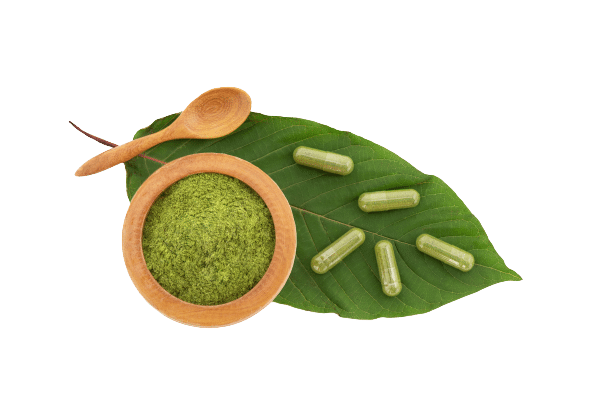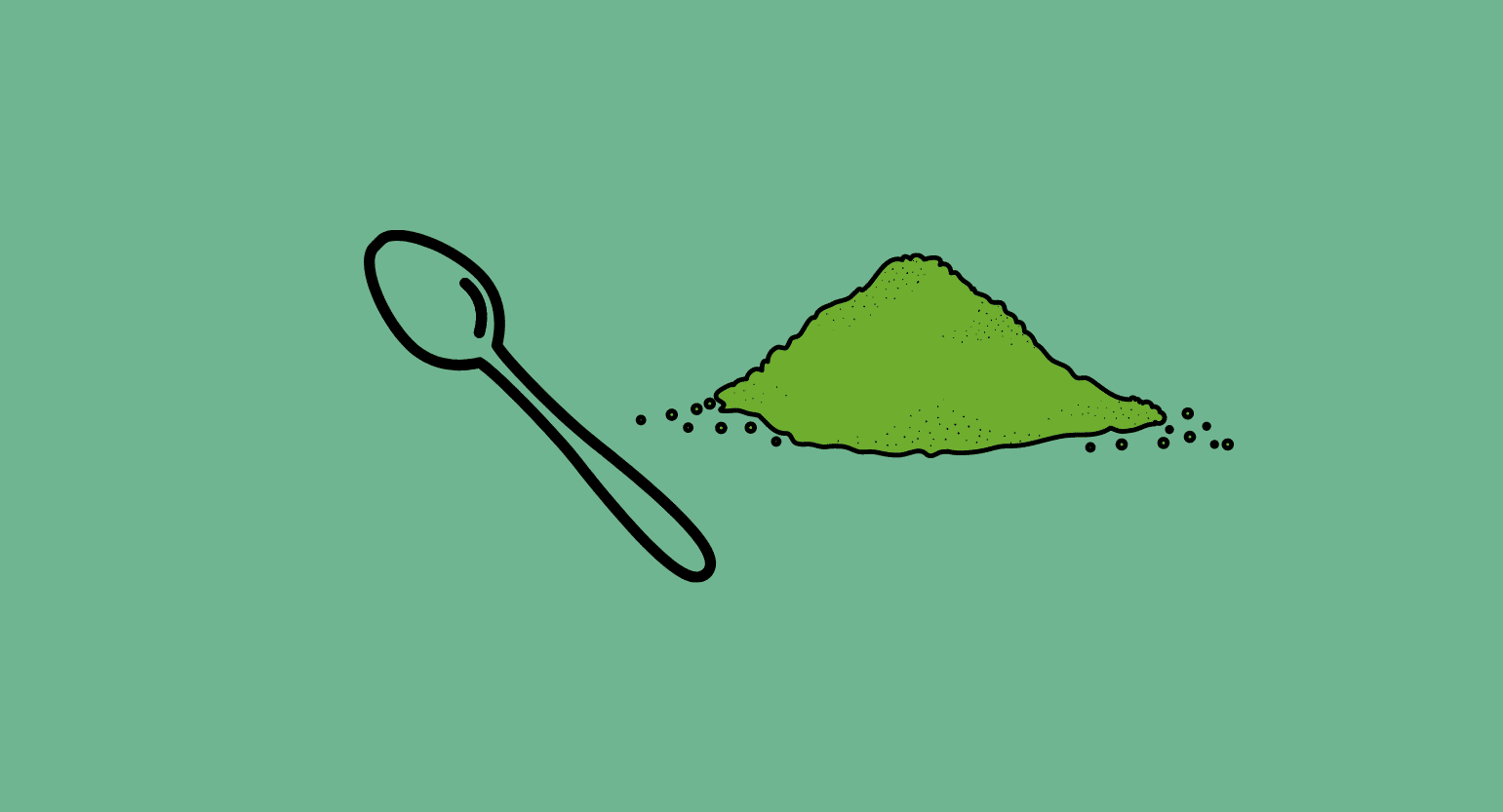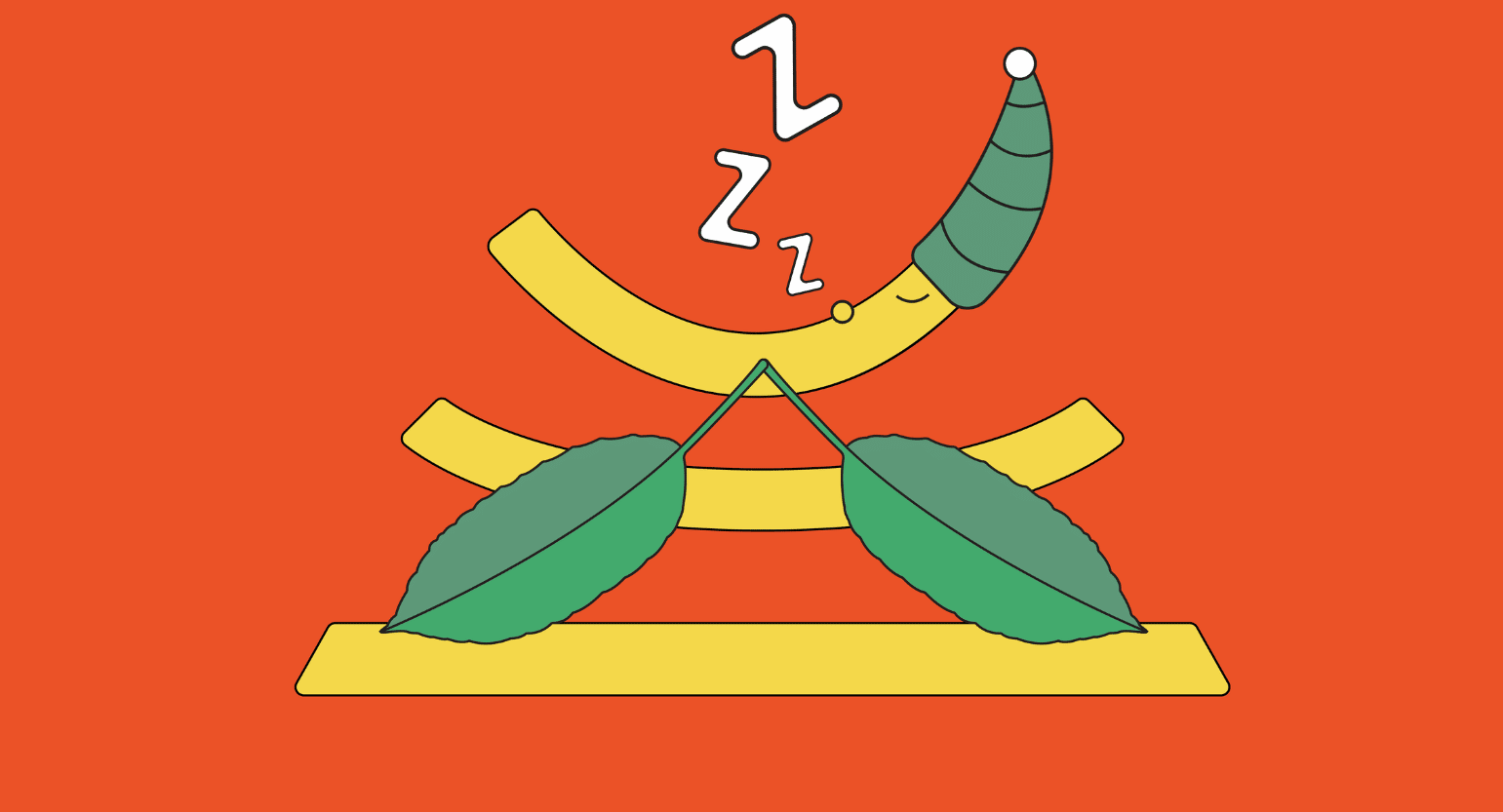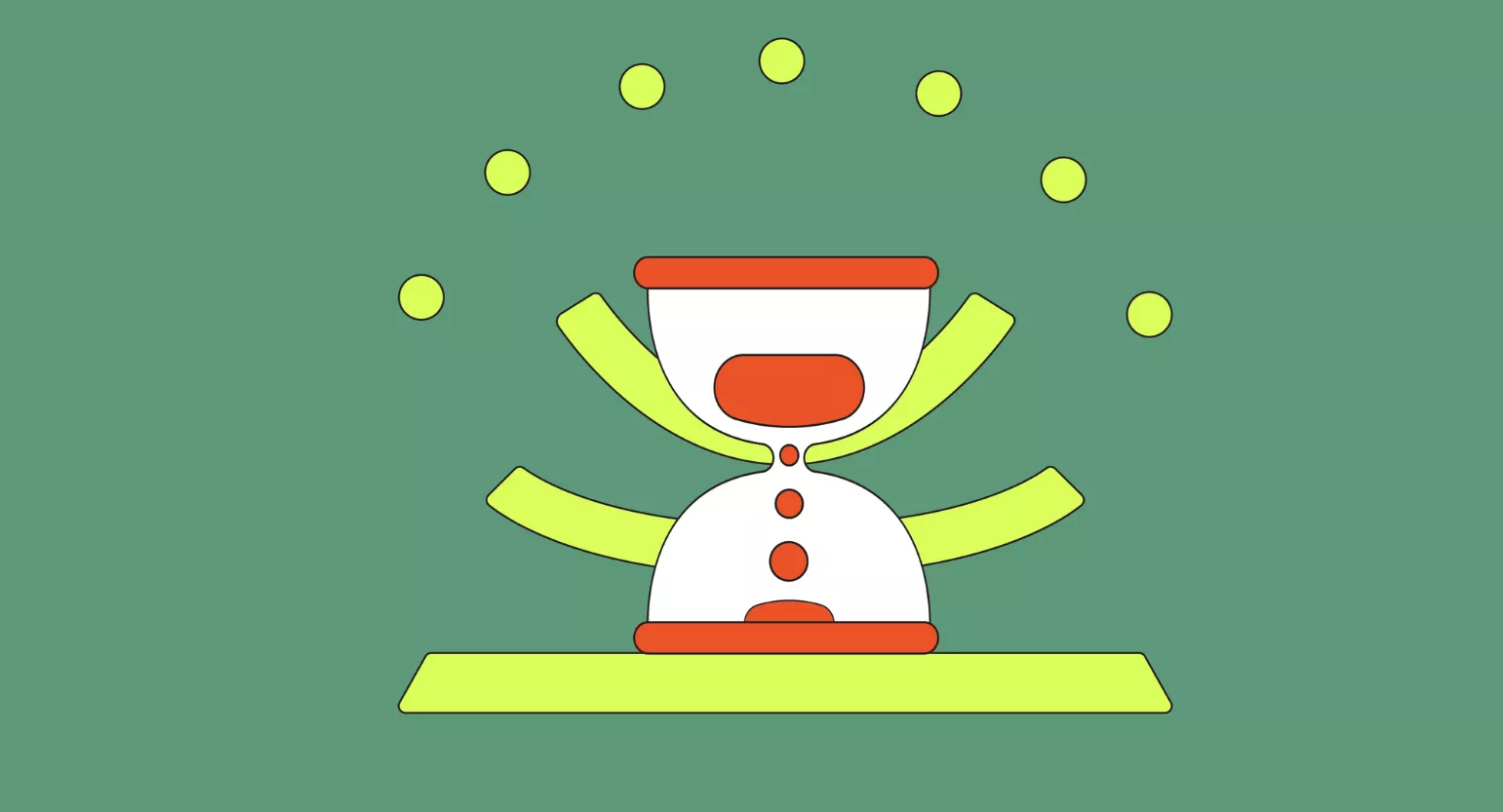What Is Kratom?
Kratom (Mitragyna speciosa) is an herb that grows naturally in Southeast Asia with powerful analgesic properties. It’s found mostly in Indonesia and Thailand, where it’s been used in traditional medicine for hundreds of years.
Kratom comes in three main varieties: white vein, red vein, and green vein.
White-vein kratom is mostly energizing, red-vein kratom is good for relieving pain, and green-vein kratom offers a bit of both. Which strain you choose has a dramatic impact on the effects you experience, as does the amount you take.
Different doses of kratom offer varying effects — lower doses are more energizing and provide focus, while higher doses are more relaxing and offer better pain relief. A good experience with kratom starts with finding the right dose and strain that best suit your needs.
Kratom is also commonly used to treat opioid withdrawal symptoms because it mimics the actions of stronger opioids like morphine, hydrocodone, oxycodone, and methadone. It can help addicts get through the first few weeks of withdrawal by acting as an intermediary between opioid addiction and complete sobriety.
Suggested Reading: Top Traditional Uses for Kratom
Kratom: The Atypical Opioid
Kratom isn’t an opioid in the traditional sense. Opioids and kratom share a similar mechanism for relieving pain. They both block nerve signals before they can be transmitted to the brain by activating the opiate receptors in the spinal cord and brain. This action suppresses the central nervous system and alleviates pain.
However, typical opioids are extracts or analogs of substances from the poppy plant (Papaver somniferum) and have a single mechanism of action. Kratom is an atypical opioid — it acts on the opioid receptors, but is not from poppy and acts on the body in multiple ways.
Suggested Reading: Making Sense of Kratom Research
Kratom & the Opioid Receptors
While kratom has the capacity to interact with opioid receptors, its active alkaloids are entirely different from a structural aspect, allowing them to interact with other non-opioid systems as well.
Kratom’s pain relief comes primarily from its two main alkaloids, mitragynine and 7-hydroxymitragynine. Both contribute, but 7-hydroxymitragynine is the more potent of the two. In fact, a few studies suggest it’s even more powerful than morphine [1].

Kratom & Other Receptors
The alkaloids also interact with dopamine, serotonin, and adrenergic receptors [2] and have dopaminergic presynaptic activity. These actions allow kratom to provide energy and focus, provide feelings of euphoria, and even improve creativity. Small doses are great for long work days or when you need to really concentrate.
Drugs like prescription painkillers have dopaminergic, GABAergic, and glutamatergic presynaptic and postsynaptic activity [3, 4] and can also provide euphoria, but they are not energizing and impact the opioid system in a more intense — and dangerous — way, which we’ll get to.
Some strains of kratom — especially red-vein and green-vein strains — also have a muscle-relaxing effect that further distinguishes them from opioids. Relieving muscle tension helps reduce pain caused by spasms and tight muscles, something opioids don’t provide.
Why Is Kratom Safer Than Opioids?
Kratom offers an alternative to opioids, but is it safe to use? Maybe, or more specifically, probably, as long as you use it responsibly.
Thanks to misinformation and a lack of understanding about kratom, many people fear it contributes to the opioid pandemic by being an easily accessible alternative. We’ll discuss why this isn’t true.
Here are a few main points to consider.
1. Kratom Addiction Isn’t as Severe as Opioid Addiction
Kratom is addictive — but it doesn’t have the same affinity for causing addiction as opiates and has far less potential for overdose [5]. The addiction is much easier to avoid and is easier to break if it does happen. Opioid addiction can happen rather quickly, whereas kratom addiction usually takes long-term heavy usage.
To reduce the likelihood of becoming dependent on kratom, most experts recommend taking a break from kratom 1-2 days off per week without any kratom use and taking longer breaks every 1-2 months.
2. Kratom Isn’t Likely to Cause Overdose or Respiratory Depression
Opioid deaths are usually due to respiratory depression from activation of the mu-opioid receptors; these receptors show strong inhibitory effects on the respiratory system [6]. Kratom activates these receptors, but only mildly, and is not likely to cause overdose or respiratory depression.
3. Kratom Is Generally Considered Safe
As with anything, kratom can be dangerous; adverse reactions usually come with misuse or adulterated products. The World Health Organization (WHO) reviewed the research on kratom and found it’s unlikely to be a threat to the public and does not suggest it become a controlled substance.
Most people tolerate kratom well — it does have side effects, but they tend to be minor and usually comes with higher doses.
If you follow these tips, you should be safe:
- Never mix kratom with other medications, drugs, or alcohol.
- Only buy from reputable vendors.
- Use kratom responsibly — keep the doses low, take breaks, and only use it when necessary.
Suggested Reading: What Kratom Strains Work Best for Pain Relief?

Is Kratom Useful for Treating Opioid Addiction?
In short, yes. Kratom has gained some traction for treating opioid addiction and withdrawal, with many people using it to wean themselves off opioids without experiencing the hellacious withdrawal symptoms.
Studies show that kratom’s pain-relieving properties and similarity to opioids make withdrawal symptoms much easier to manage [7].
However, kratom isn’t the perfect solution for beating opioid addiction since it is addictive. Some people view switching to kratom as a lateral move since opioid users would simply be swapping their opioid addiction for kratom addiction. Others argue that opioids are more addicting than kratom and that it is, therefore, less likely for opioid users to become addicted to kratom.
The bottom line is that there are numerous success stories of people using kratom to manage opioid withdrawal. Many agree that kratom can be a great option for people who are otherwise unable to beat their addiction.

Wrapping Up: Is Kratom an Opioid?
Kratom is an atypical opioid and bears a striking resemblance to common opioids like morphine and codeine. Opioids and kratom both treat chronic pain by suppressing central nervous system activity, and both also provide mild to moderate euphoria in most users.
The key differences between kratom and most opioids is that kratom works on other systems and is far less dangerous than opioids.
One of the most common uses for kratom is treating opioid withdrawal. The intense withdrawal symptoms experienced by people when they stop taking opioids are nearly impossible to withstand without external intervention. Kratom offers opioid abusers an alternative to relapse by helping relieve the worst symptoms and has helped countless people beat their addiction.
Despite the numerous success stories, kratom can also be abused since it is addicting in its own right. Managing weekly and monthly use and taking regular breaks is essential.
Overall, kratom is safe and can help replace opioids when used responsibly. However, always talk to your doctor first, and never combine opioids and kratom.
- Matsumoto, K., Horie, S., Ishikawa, H., Takayama, H., Aimi, N., Ponglux, D., & Watanabe, K. (2004). Antinociceptive effect of 7-hydroxymitragynine in mice: Discovery of an orally active opioid analgesic from the Thai medicinal herb Mitragyna speciosa. Life sciences, 74(17), 2143-2155.
- Johnson, L. E., Balyan, L., Magdalany, A., Saeed, F., Salinas, R., Wallace, S., … & Grundmann, O. (2020). Focus: Plant-based Medicine and Pharmacology: The Potential for Kratom as an Antidepressant and Antipsychotic. The Yale Journal of Biology and Medicine, 93(2), 283.
- Stolt, A. C., Schröder, H., Neurath, H., Grecksch, G., Höllt, V., Meyer, M. R., … & Becker, A. (2014). Behavioral and neurochemical characterization of kratom (Mitragyna speciosa) extract. Psychopharmacology, 231(1), 13-25.
- Britt, J. P., & McGehee, D. S. (2008). Presynaptic opioid and nicotinic receptor modulation of dopamine overflow in the nucleus accumbens. Journal of Neuroscience, 28(7), 1672-1681.
- Behnood-Rod, A., Chellian, R., Wilson, R., Hiranita, T., Sharma, A., Leon, F., … & Bruijnzeel, A. W. (2020). Evaluation of the rewarding effects of mitragynine and 7‐hydroxymitragynine in an intracranial self-stimulation procedure in male and female rats. Drug and Alcohol Dependence, 215, 108235.
- Shook, J. E., Watkins, W. D., & Camporesi, E. M. (1990). Differential roles of opioid receptors in respiration, respiratory disease, and opiate-induced respiratory depression. Am Rev Respir Dis, 142(4), 895-909.
- Wilson, L. L., Harris, H. M., Eans, S. O., Brice-Tutt, A. C., Cirino, T. J., Stacy, H. M., … & McCurdy, C. R. (2020). Lyophilized kratom tea as a therapeutic option for opioid dependence. Drug and Alcohol Dependence, 216, 108310.









